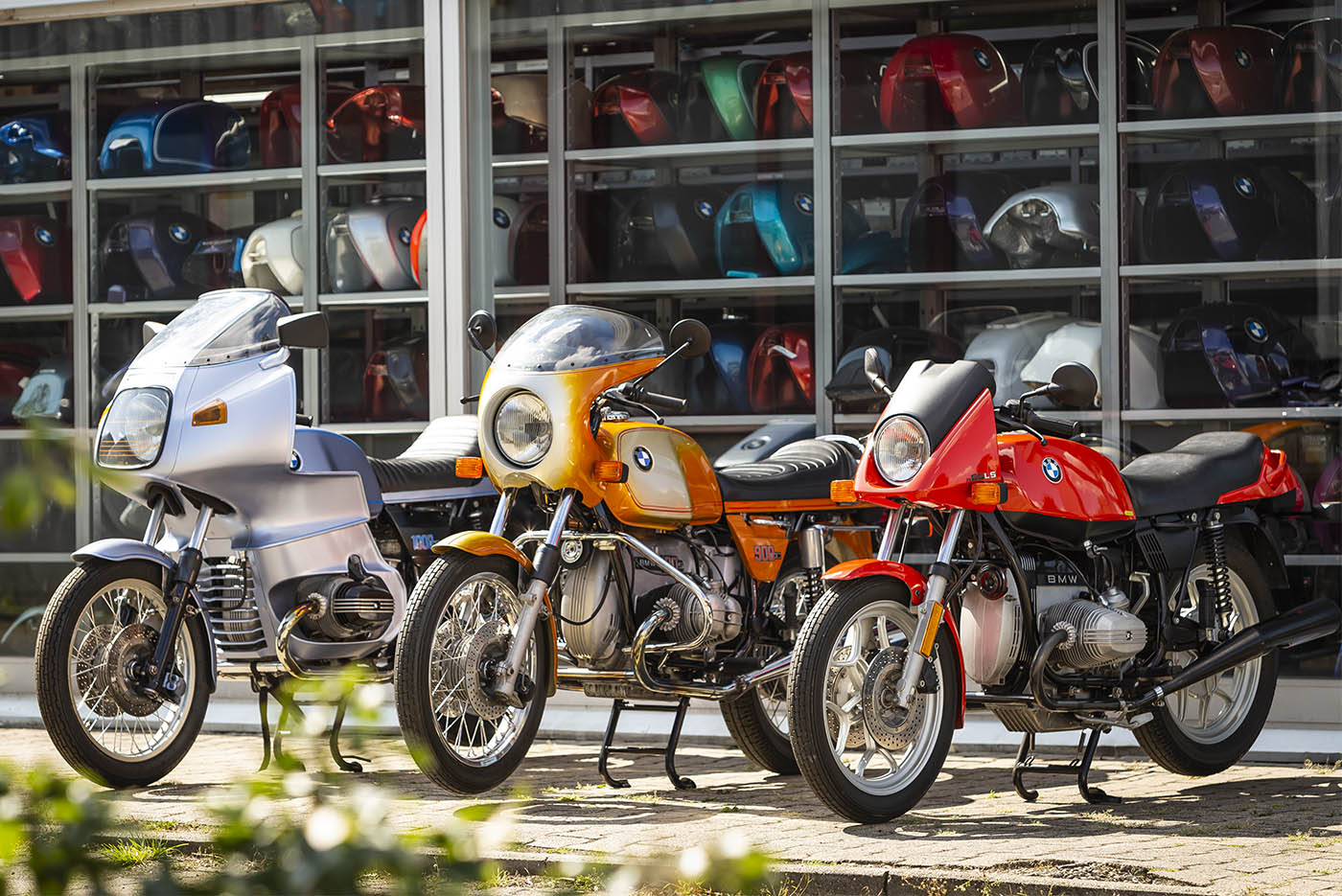Your Best Motorbike Shop for High Quality Parts and Accessories
Your Best Motorbike Shop for High Quality Parts and Accessories
Blog Article
Recognizing the Necessary Components of a Motorbike: A Comprehensive Overview for Enthusiasts
For motorbike lovers wanting to raise their riding experience and guarantee their bikes run smoothly, recognizing the important elements of a motorcycle is critical. Each aspect, from the engine's intricate functions to the critical function of the stopping systems, not just impacts efficiency yet additionally safety and security and comfort. This guide will go through the essential parts that every cyclist should be familiar with, making it possible for informed choices in both maintenance and potential upgrades. As we start this expedition, one must ask: just how does each part communicate to develop the smooth adventure every fanatic seeks?
Engine Elements

The camshaft plays a vital function in regulating the timing of the engine's valves, making certain the precise opening and closing essential for effective gas and air intake, in addition to exhaust expulsion. This timing is vital to keeping ideal engine efficiency and performance. In addition, the carburetor or fuel injection system, depending on the motorcycle version, is in charge of mixing air with gas in the proper ratio for burning.
The air conditioning system, either air or liquid-based, functions to maintain the engine's temperature within operational limits, preventing overheating and making sure long life - mx parts nz. Each element, carefully made and incorporated, contributes to the smooth operation of the engine, defining the motorcycle's power output and general performance
Transmission System
Indispensable to the motorcycle's performance, the transmission system makes certain efficient power transfer from the engine to the wheels. This system makes up a number of essential elements, consisting of the clutch, transmission, and last drive, each playing an essential duty in converting the engine's power into movement. The clutch, usually operated by a hand lever, offers to disengage the engine and engage from the transmission, permitting smooth gear modifications and regulated velocity.
The gearbox, commonly referred to as the transmission correct, consists of a set of gears that motorcyclists can by hand move through to change the bike's speed and torque output. These equipments are arranged in a series that makes it possible for the bike to increase efficiently and keep ideal engine efficiency across various speeds. A lot of motorbikes utilize a consecutive transmission, calling for the cyclist to move gears in a fixed order.
Braking Mechanisms
While recognizing the transmission system is crucial to utilizing a motorbike's power, equally vital is the capability to control and quit that power effectively, which is where braking systems enter into play. Brakes are critical for security and performance, giving the cyclist with the required control to navigate numerous terrains and conditions. Usually, motorcycles include 2 kinds of braking systems: disc brakes and drum brakes.
Disc brakes are extra common in modern bikes because of their superior efficiency. They include a brake disc, caliper, and pads. When triggered, the caliper presses the brake pads against the rotating disc, converting kinetic energy right into warm, thus reducing the wheel. This system uses much better warmth dissipation, consistent performance, and boosted stopping power, specifically in wet conditions.
Alternatively, drum brakes, though less typical, are still found in some motorbikes. They function by pressing brake shoes against the internal surface of a drum connected to the wheel. While normally much less efficient in warmth dissipation and stopping power, drum brakes are easier and much more cost-efficient.
Understanding these braking systems' subtleties enables motorcyclists to maintain their motorbikes properly and appreciate the engineering that guarantees risk-free and effective quiting.
Suspension and Steering
Suspension and guiding systems are crucial parts that dramatically influence a bike's handling and ride comfort. The shock absorber, including forks at the front and shock absorbers at the rear, soaks up road abnormalities, boosting security and control. Front forks, inverted or normally telescopic, compress and rebound to mitigate impacts, while rear shock absorbers preserve tire contact with the road, essential for traction and security.
Steering, centered around the handlebars, attaches the biker to the bike's directional control. The steering head bearings guarantee smooth operation, allowing accurate maneuverability. Correct positioning and maintenance of these bearings are crucial for foreseeable guiding action and lowering rider exhaustion.
The suspension's adjustability is one more crucial facet; preload, damping, and rebound setups allow modification to match various riding designs and conditions. This versatility is vital for maximizing efficiency, whether browsing city streets or tackling tough routes. Developments like digital shock absorber offer real-time changes, improving ride high quality across varied terrains.

Electrical Equipments
After making certain a smooth and regulated experience through reliable suspension and steering systems, attention transforms to the electrical systems, a crucial aspect of contemporary bikes. These systems play an from this source important role not only in beginning the engine but additionally in powering different parts that improve the capability and safety of the motorbike.
At the heart of a motorbike's electrical system is the battery, which shops electrical power needed for beginning the engine and powering auxiliary systems - motocross gear nz. The alternator or generator, combined with the rectifier-regulator, ensures the battery remains charged while the bike functions, transforming mechanical energy into electrical energy and preserving voltage degrees
The ignition system, one more important element, is accountable for firing up the air-fuel combination in the engine's cyndrical tubes. Modern bikes usually make use of an electronic ignition system, offering greater efficiency and dependability compared to standard systems.
Illumination systems, consisting of fronts lights, tail lights, and signs, are likewise crucial, making certain visibility and security for the biker. Additional electronic parts such as sensors, control devices, and presents add to innovative attributes like fuel shot monitoring, anti-lock stopping systems (ABDOMINAL MUSCLE), and electronic control panels, additionally improving the riding experience.
Verdict
A thorough understanding of a motorcycle's important components, consisting of the engine, transmission system, braking systems, suspension, steering, and electric systems, is indispensable for lovers aiming to enhance comfort, efficiency, and security. Mastery of these aspects enables educated decisions pertaining to maintenance and upgrades, inevitably improving the riding experience. By incorporating this expertise, bikers can ensure their bikes operate at peak effectiveness and dependability, therefore taking full advantage of both enjoyment and durability of their automobiles.
For motorcycle enthusiasts looking to elevate their riding experience and ensure their bikes run efficiently, understanding the necessary components of a bike is critical.Integral to the motorbike's capability, the transmission system ensures effective power transfer from the engine to the wheels.While comprehending the transmission system is vital to harnessing a motorbike's power, equally essential is the capability to control and stop that power hop over to here efficiently, which is where stopping mechanisms come into play. Usually, bikes feature two kinds of braking systems: disc brakes and drum brakes.
A complete comprehension of a motorcycle's vital parts, including the engine, transmission system, braking mechanisms, suspension, guiding, and electrical systems, is important for lovers aiming to blog optimize safety and security, comfort, and efficiency.
Report this page